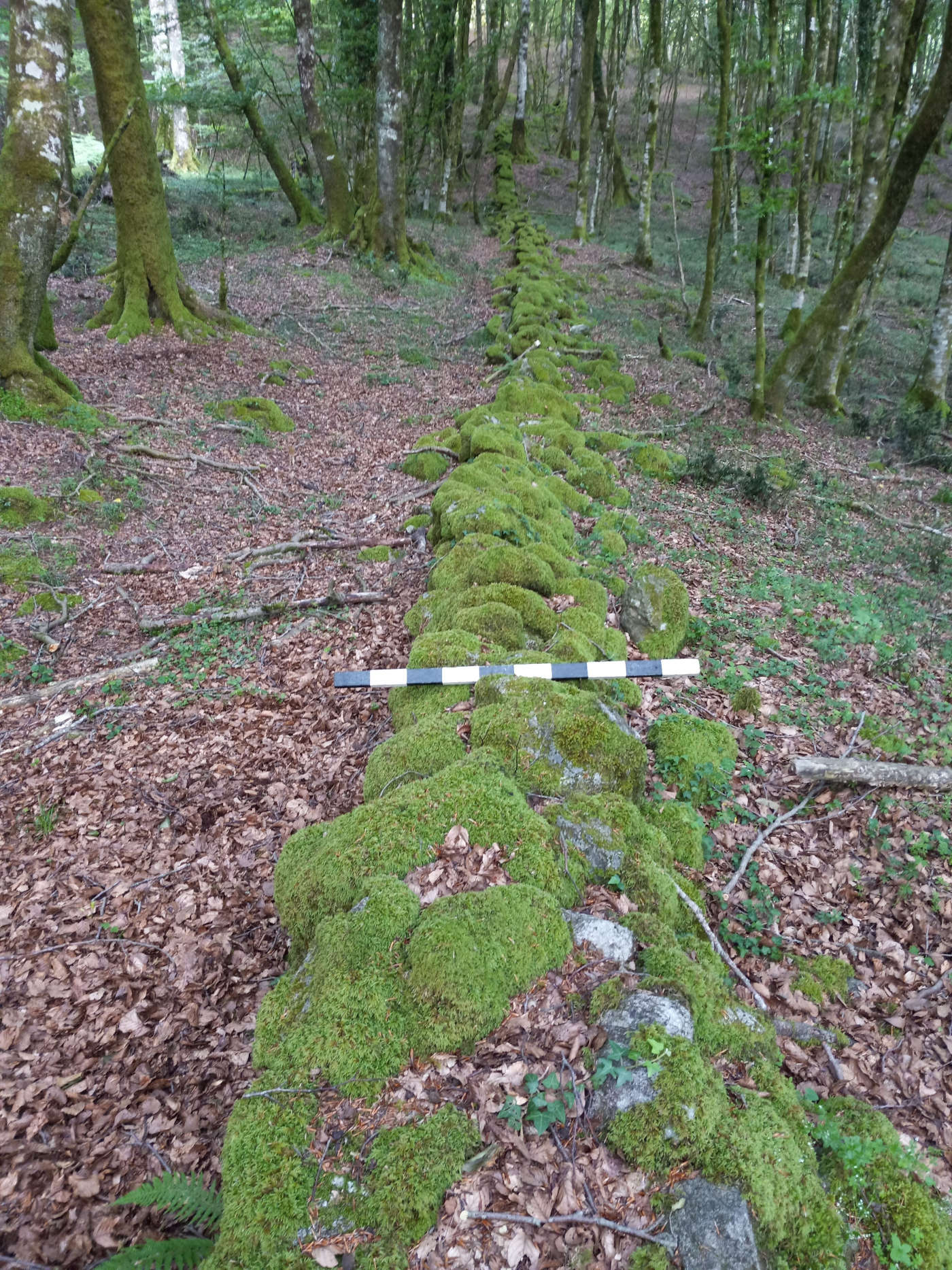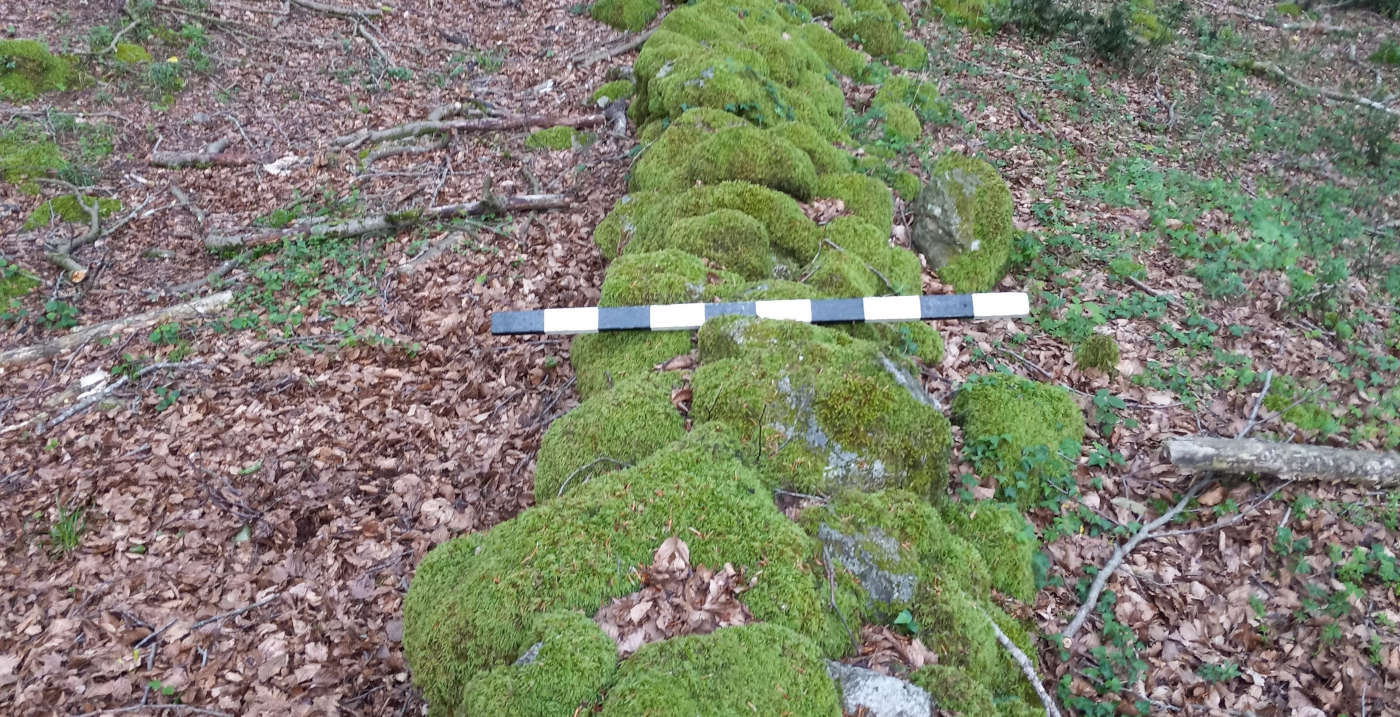Calabria, site of a battle between Spartacus and the Romans discovered
Important discovery in Calabria, where a small team led by Professor Paolo Visonà, a Calabrian archaeologist on staff at the University of Kentucky, has identified the remains of a stone wall and an embankment extending for more than 2.7 km that have been linked to the events of Spartacus. The discovery occurred in the Dossone della Melia forest in south-central Calabria. The wall, originally accompanied by a deep moat characteristic of a Roman defensive system, has now been definitively identified as part of the structures built by Roman general Marcus Licinius Crassus to contain the slave revolt leader Spartacus and his forces.
Visona believes Spartacus led an attack against the wall in an attempt to free himself from the trap Crassus had built for him. The discovery of numerous broken iron weapons, including sword handles, large curved blades, javelin points, a spear point and other metal debris, indicate that a battle took place at the site.
According to Visona, the discovery was made possible as a result of reports from a local environmental group who were aware of the wall’s existence but were puzzled as to what it might be. The team examined the wall and ditch using technologies such as Ground-Penetrating Radar, LIDAR, magnetometry and soil sampling.
Visona’s team, a diverse group of experts from different fields including Professor George M. Crothers, an anthropologist and geophysicist at the University of Kentucky, Margo T. Crothers, a sophomore at Washington University in St. Louis, and James R. Jansson, a founding member of the Foundation for Calabrian Archaeology and a longtime member of the Archaeological Institute of America-all collaborated effectively to make this important discovery.
“This wall is a kind of barrier, because of its topographical position and other factors, such as the absence of gates,”Andrea Di Gennaro, archaeological officer of the Soprintendenza Archeologia, Belle Arti e Paesaggio of Reggio Calabria and Vibo Valentia, who worked on the excavation, told Live Science . “It divides the whole large flat area into two parts. This barrier can be identified as the fence/fortification wall erected by Marcus Crassus in 71 B.C. to contain and trap Spartacus and his forces. After attempting to go to Sicily, Spartacus was unable to move along the coastal roads because of the presence of the Romans, so the only way to go to the island and escape was to cross the Aspromonte.”

 |
| Calabria, site of a battle between Spartacus and the Romans discovered |
Warning: the translation into English of the original Italian article was created using automatic tools. We undertake to review all articles, but we do not guarantee the total absence of inaccuracies in the translation due to the program. You can find the original by clicking on the ITA button. If you find any mistake,please contact us.



























